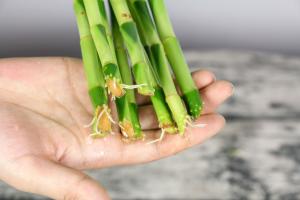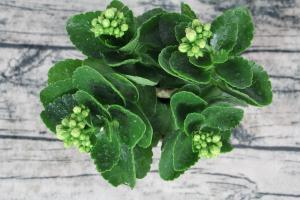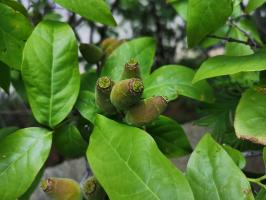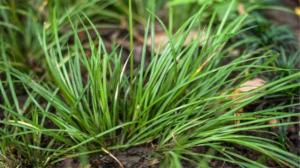Do You Need to Stake or Cage Patio Tomato Plants?
Tomatoes are a popular and versatile vegetable to grow in a home garden. They can be grown in both outdoor gardens and containers, including patio tomato plants. When it comes to growing healthy and productive tomato plants, the question of staking or caging often arises. Here's what you need to know.
What are Patio Tomato Plants?
Patio tomato plants, as the name suggests, are compact tomatoes that can be grown in containers on a patio or balcony. They are smaller than traditional tomato plants, growing to a height of around 2-3 feet. This makes them an ideal choice for those with limited outdoor space or who want to grow tomatoes in pots.
Why Stake or Cage Tomato Plants?
Staking or caging tomato plants is important for a few reasons. Firstly, it helps to support the weight of the tomato plants as they grow taller and produce fruit. Without support, the tomato plants can become top-heavy and flop over, which can lead to broken stems and damaged fruit.
Secondly, staking or caging tomato plants can help to keep the plants upright and prevent them from sprawling and taking up too much space. This is particularly important for those growing smaller tomato plants like patio tomato plants in containers, where space is limited.
Staking Tomato Plants
Staking tomato plants involves using a stake, usually made of wood or metal, to support the main stem of the plant. As the tomato plant grows, it can be tied to the stake using garden twine or string. This helps to keep the plant upright and prevents it from toppling over.
The best time to stake tomato plants is when they are still young and small. This makes it easier to get the stake in place without damaging the roots of the plant. Once the stake is in place, tie the main stem of the tomato plant to it every 6-8 inches using garden twine or string. As the tomato plant grows, you may need to adjust the ties to prevent any damage to the stem, and also to prevent it from growing into the twine.
Caging Tomato Plants
Caging tomato plants involves using a wire cage to support the plant as it grows. Tomato cages can be purchased from a garden center or made at home using wire mesh. The tomato plant is planted inside the cage, and as it grows, it will naturally grow through the openings in the cage.
One advantage of caging tomato plants is that it requires less maintenance than staking, as the plant will support itself as it grows. However, cages can take up more space than stakes, so they may not be suitable for those growing patio tomato plants in smaller containers.
Which is Best for Your Patio Tomato Plants?
Ultimately, whether to stake or cage patio tomato plants depends on personal preference and the space available. Some gardeners prefer staking because it allows them to control the direction of the plant, while others prefer caging because it requires less maintenance.
Another factor to consider is the type of tomato plant you are growing. Some tomato varieties are naturally more upright and require less support, while others are more prone to sprawling and will benefit from staking or caging.
Regardless of whether you opt for staking or caging, providing support for your patio tomato plants is an important step in growing healthy, productive plants that will provide you with a bountiful harvest of delicious tomatoes.

 how many times do yo...
how many times do yo... how many planted tre...
how many planted tre... how many pine trees ...
how many pine trees ... how many pecan trees...
how many pecan trees... how many plants comp...
how many plants comp... how many plants can ...
how many plants can ... how many plants and ...
how many plants and ... how many pepper plan...
how many pepper plan...
































